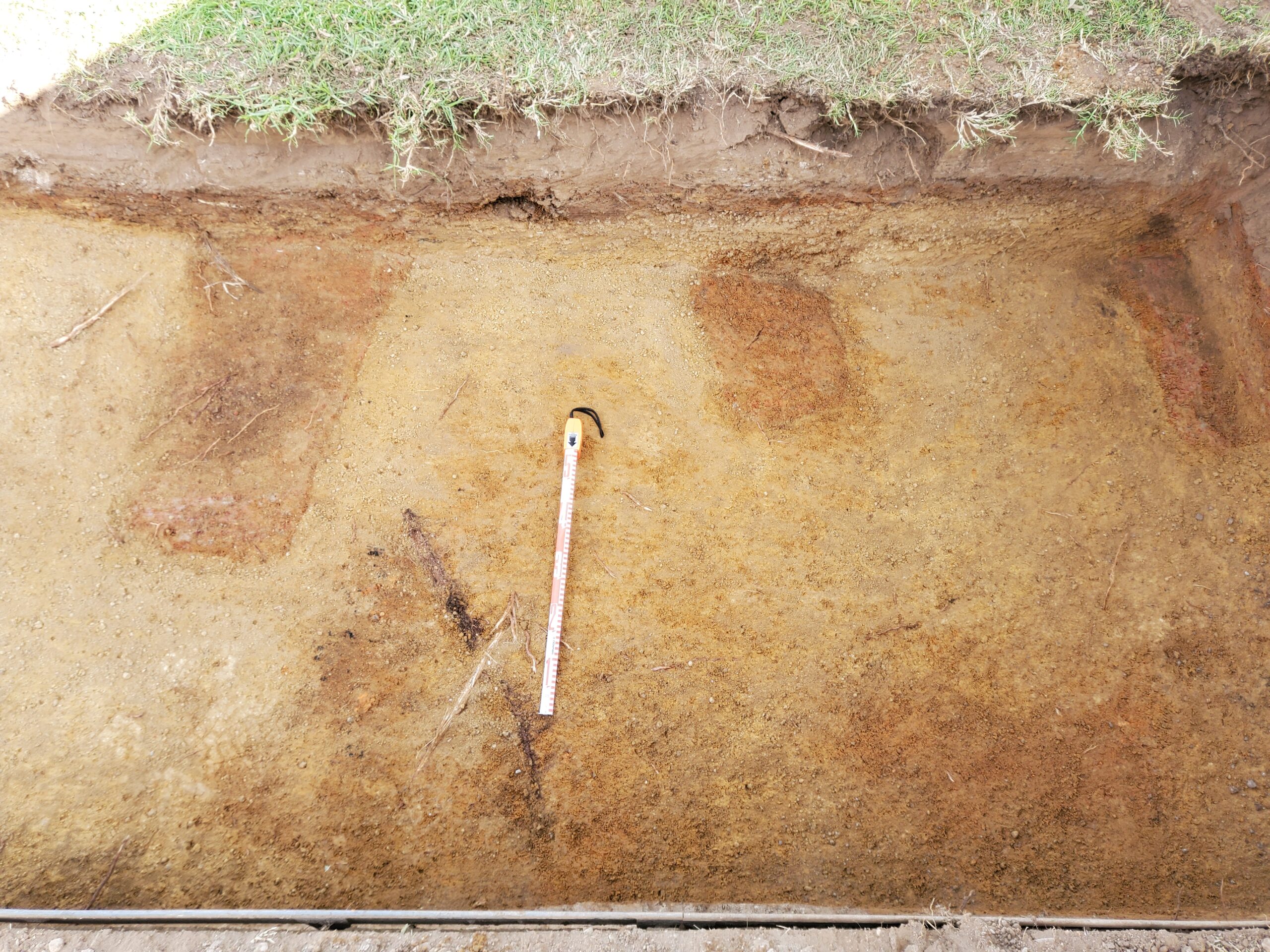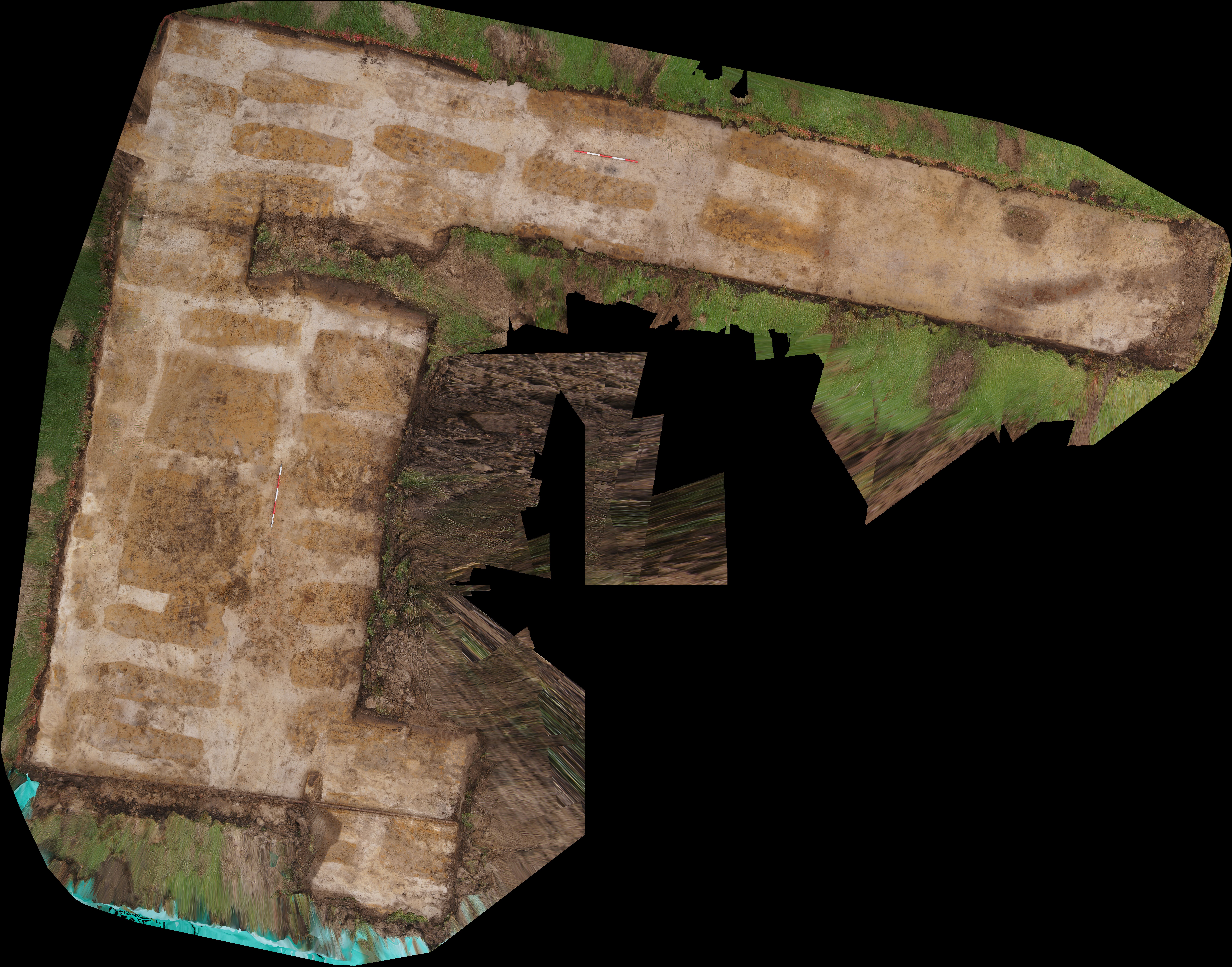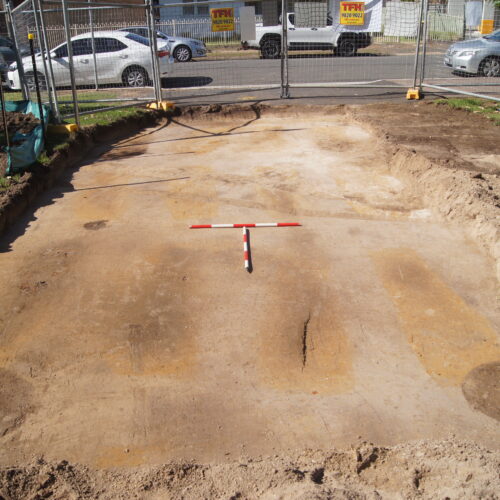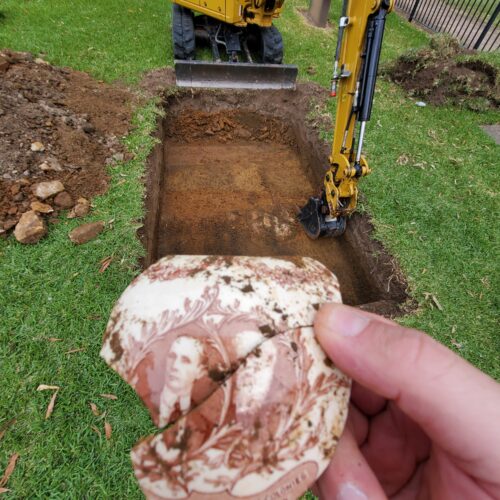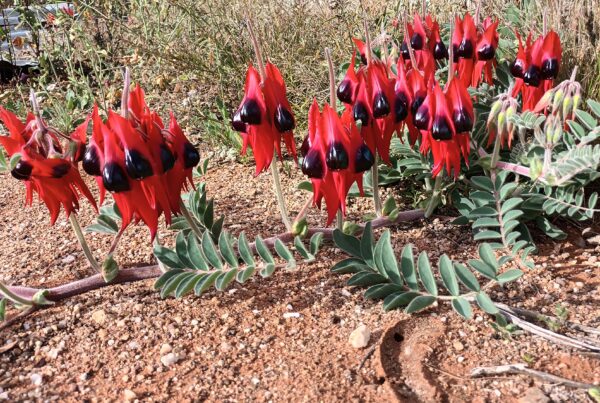Project Summary
This project involved proposed works at Apex Park, the site of the first cemetery in Liverpool (NSW) which was in use in 2 phases between 1811 and 1883, and Pioneer Park, the second cemetery which was in use between 1821 and 1958. Both cemeteries were converted into parks in the latter half of the 20th century and while the gravestones were removed, the burials were left in place. A Ground Penetrating Radar (GPR) survey had been undertaken at both parks which had identified the location of likely graves as well as other anomalies.
For Apex Park, Liverpool City Council needed to install a below-ground irrigation system, playground equipment, as well as other amenities. While the shallow depth of impacts were unlikely to impact on the burials, the project provided the opportunity to identify and record the location of burials and to compare these to the GPR results. A total of 433 individual and multiple grave cuts were recorded, which was considerably higher than those identified by the survey.
At Pioneer Park, Austral was engaged to determine firstly if it was possible to differentiate grave cuts for individuals who were killed while serving Australia during WWI from those of the general population, and secondly to confirm the accuracy of a GPR survey undertaken within the park. A total of 135 graves were identified laid out in regular spacing from across the park, which was again higher than predicted from the GPR results.
David Marcus presented the results of the archaeological investigations at Liverpool Regional Museum as part of National Archaeological Week.
Process
– Background research
– Extensive archaeological test excavations
– Work within cemetery contexts
– Preparation of photogrammetric models
– Data Analysis
– Archaeological Assessments
– Public Engagement


